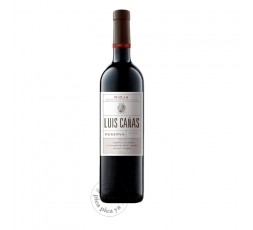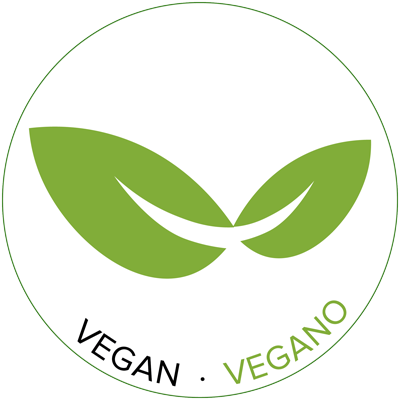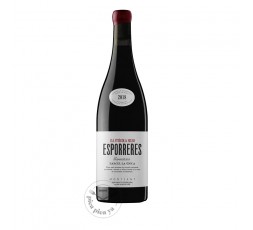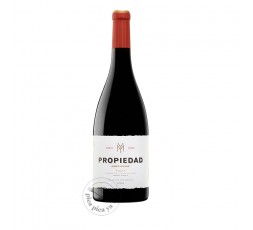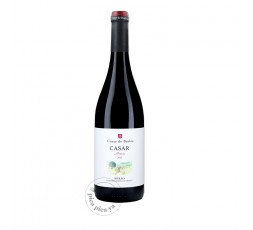No products

Emilio Moro Malleolus 2022
Bodega Emilio Moro
VI106
New product
3
Before
39,75 € Tax included
Wines with their own character from Ribera del Duero.
| Volume | 75cl |
| Country | Spain |
| Alcohol content | 14,5% |
| Grape | Tempranillo |
| Vintage | 2022 |
| Origin | Ribera del Duero |
| Vino | Red |
| Contains sulfites | Yes |
| Making | Respectful agriculture |
| Ageing | Aged in wood |
| Serve at | 16.0ºC |
| Pairing | Stew |
| Pairing | Stews |
| Pairing | Grilled red meats |
| Pairing | Iberian ham |
| Pairing | Roasts |
| Pairing | Red meat with sauce |
| Pairing | Roasted red meats |
Emilio Moro Malleolus is a red wine from Rioja produced by Bodegas Emilio Moro with the Tempranillo grape variety and is aged for 18 months in French Allier oak barrels.
A historic red wine with deep roots. “Malleolus” has meant a before and after in the Ribera del Duero denomination of origin, disassociating itself from the classification of wines by time in barrel to begin to value it by its vintage. “Malleolus”, hawthorn in Latin, the way they call the vineyards in Pesquera de Duero, is an elegant wine with a great personality and a perfect balance between maturity and freshness.
In its visual phase it is presented with a very covered cherry red color, on the nose this Tempranillo wine has an intense, mature aroma, endowed with good intensity and great personality. In the mouth it is broad and fleshy with polished tannins and a long and persistent aftertaste, resulting in a benchmark Ribera del Duero wine.
30 other products in the same category
Victorino 2017
Teso La Monja marks the beginning of a new era in the Toro denomination of origin.
Perlat Garnatxa 2020
The soul of its people lives in the cellars of its cooperatives, which for generations have given their best.
Perlat Syrah 2021
The soul of its people lives in the cellars of its cooperatives, which for generations have given their best.
Emilio Moro 2019
Wines with their own character from Ribera del Duero.
Luis Cañas Reserva 2016
Luis Cañas is one of the wineries that comes to mind when looking for a good value for money wine.
Corral del Obispo 2020
Viñedos Singulares is a project with which they intend to get the best of all the native varieties of the country through the production of regional wines, searching for quality vineyards in various areas of the Spanish geography.
Cueva de Lobos Crianza 2021
Wines from an innovative winery and with a young team seeking to surprise and differentiate themselves from the classic Rioja wine.
Luis Cañas Crianza 2020
Luis Cañas is one of the wineries that comes to mind when looking for a good value for money wine.
Entrelobos 2021
Viñedos Singulares is a project with which they intend to get the best of all the native varieties of the country through the production of regional wines, searching for quality vineyards in various areas of the Spanish geography.
Boig per Tu 2020
Each bottle of wine transports you to the landscape, the sun, the vineyard, an ancestral variety and the values of this land and its people.
Sileo 2022
Located in the northernmost part of Montsant, the landscape of Cornudella and Siurana has great viticultural possibilities due to its geological diversity in terms of soils, altitudes and exposures.
Costers de Cornudella 2020
Located in the northernmost part of Montsant, the landscape of Cornudella and Siurana has great viticultural possibilities due to its geological diversity in terms of soils, altitudes and exposures.
Esporreres 2019
Located in the northernmost part of Montsant, the landscape of Cornudella and Siurana has great viticultural possibilities due to its geological diversity in terms of soils, altitudes and exposures.
Viuda Negra Nunca Jamás 2022
Wines from an innovative winery and with a young team seeking to surprise and differentiate themselves from the classic Rioja wine.
Finca Siós 2017
In a natural setting of surprising beauty, peace and tranquility is Costers del Sió.
Thalarn 2018
Vineyards at more than 1.000 m, 12th century stone mills where wine is fermented, the most advanced technology and, above all, a desire to research, experiment and preserve the environment.
Palacios Remondo Propiedad 2021
The wild and high environment of Mount Yerga, where the first Cistercian monks arrived. Where today they recover the traditional viticulture of Grenache as the protagonist and symbol of their own viticultural history.
La Montesa 2020
The wild and high environment of Mount Yerga, where the first Cistercian monks arrived. Where today they recover the traditional viticulture of Grenache as the protagonist and symbol of their own viticultural history.
Marqués de Riscal Reserva 2019
More than 160 years of history make original, fresh, elegant and easy to drink wines.
Francisco Barona 2022
Terroir, unique vineyard and traditional vinification are the keys to its wine.
Casar de Burbia Mencía 2019
At Casar de Burbia they are experts in betting on microvinifications, aware that only in this way will they be able to get to know in detail the capacity of each of their vineyards.
Castro Candaz Finca El Curvado 2021
Castro Candaz is the project of Raúl Pérez and Rodrigo Méndez in the Ribeira Sacra in the Lugo town of Chantada, characterized by its cooler climate.
Pradorey Finca Valdelayegua 2019
The result of their work are natural, fresh wines, elaborated conscientiously, that reflect all the character of their land.
Les Terrasses 2022
In the small steep vineyards of Grenache, Carignan and other whites, we find an atavistic charm, simple and clear, which is expressed in some unique wines.
Camins del Priorat 2022
In the small steep vineyards of Grenache, Carignan and other whites, we find an atavistic charm, simple and clear, which is expressed in some unique wines.
Les Brugueres 2021
La Conreria d'Scala Dei was born from the will and enthusiasm of a group of people historically linked to Priorat, with the desire to make known to the world the magnificent wines that are made on this land.
Formiga de Vellut 2021
Aged wines with an intense color, high complexity, very elegant and mature, full of enveloping sensations and capable of reflecting the extraordinary nature of the land from which they come, Priorat.
Llebre 2022
They make wines with character that reflect the expression of the territory, implementing their own wine philosophy and taking advantage of the knowledge accumulated about the D.O. Coast of the Segre.
Vilosell 2021
They make wines with character that reflect the expression of the territory, implementing their own wine philosophy and taking advantage of the knowledge accumulated about the D.O. Coast of the Segre.
Castell del Remei Oda 2020
Castell del Remei is a century-old winery and the oldest in Catalonia, located on a historic estate belonging to the Costers del Segre Designation of Origin, where the first traces of wine activity date back to 1780.





